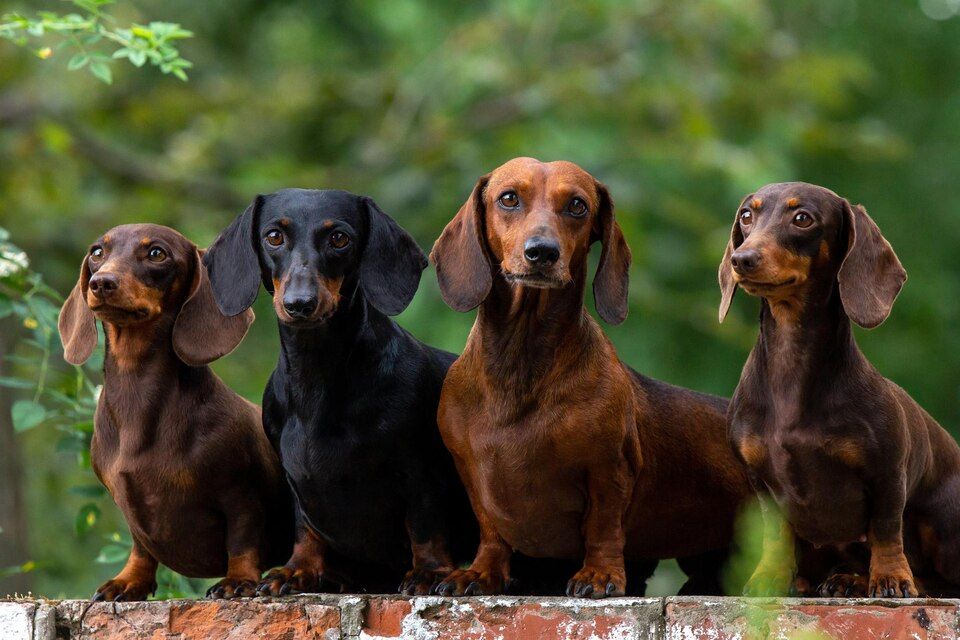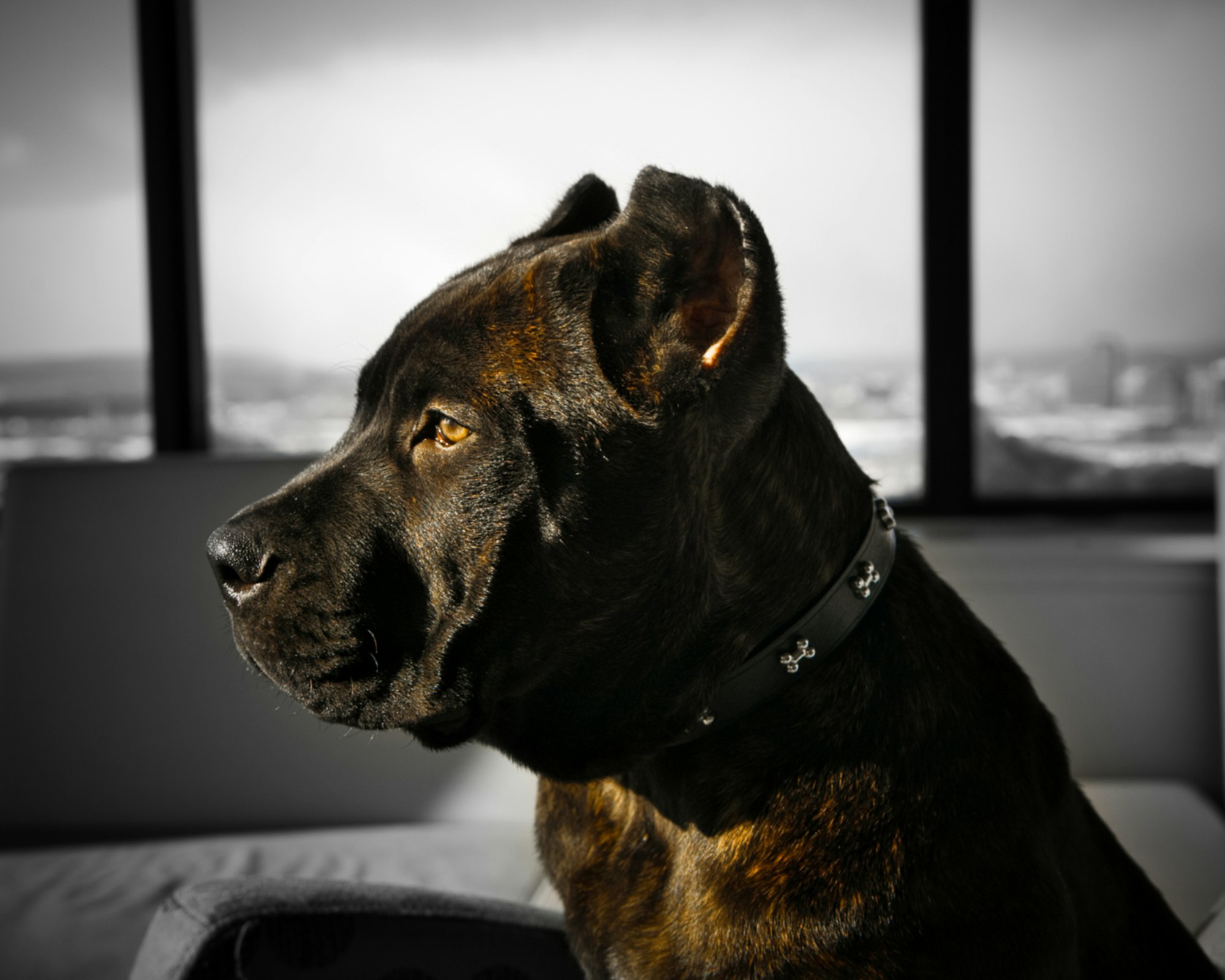Belgian Malinois and German Shepherds are two highly regarded herding breeds, each possessing distinct qualities that set them apart. As both breeds have gained popularity as working dogs, police dogs, and family companions, the debate over Belgian Malinois vs. German Shepherd has become increasingly relevant.
This comprehensive comparison aims to provide an in-depth look at the characteristics of each breed, helping potential dog owners make an informed decision between the two. Factors such as temperament, adaptability, and specific needs will be discussed.
As well as insights from the American Kennel Club to offer a balanced perspective on these remarkable herding dogs. Whether you're a seasoned dog owner or considering your first herding dog, this article will help you better understand the Belgian Malinois and the German Shepherd, ensuring you can choose the breed best suited to your lifestyle and needs.
History and Origin
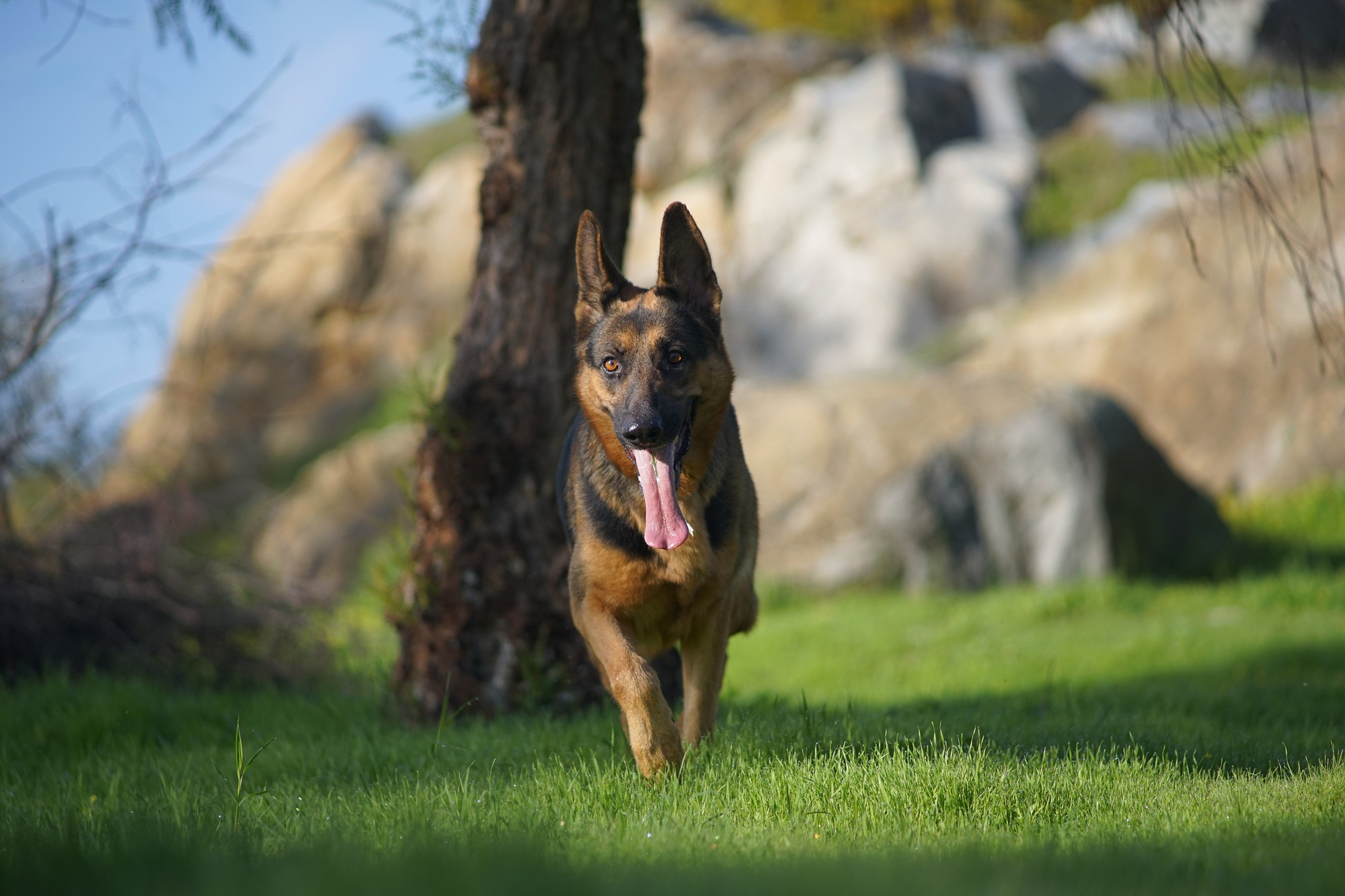
The Belgian Malinois vs German Shepherd is two distinct herding dog breeds with unique histories leading to their development as popular family, working, and military dogs. Dog lovers and first-time dog owners alike can appreciate the rich backgrounds of these high-energy two dog breeds, each of which has carved its own niche in various working capacities.
The Belgian Malinois hails from Belgium, where it was originally bred as one of the four herding dog breeds, collectively as the Belgian Shepherd Dogs. The Malinois was specifically developed to herd and protect livestock.
Over time, the breed's natural agility, intelligence, and fearlessness led to its recognition as a versatile working dog. Today, the Belgian Malinois is renowned for its roles in police and military work, search and rescue operations, and even competitive sports. The breed's success is largely attributed to its need for consistent training and engagement, which allows it to excel in these demanding roles.
On the other hand, the German Shepherd traces its origins back to Germany, where it was initially bred as a working and herding dog by a German cavalry officer, Captain Max von Stephanitz. He aimed to create a uniform breed with superior intelligence, strength, and versatility.
German Shepherds quickly gained a reputation for their exceptional ability to perform various tasks, such as herding, tracking, and guarding. These attributes caught the attention of law enforcement agencies and military units, which led to the breed's widespread use as police and military dogs.
There are a few key differences in the development of these two breeds. While both are considered working dogs, the German Shepherd has a more diverse range of skills, including herding and guarding.
The Belgian Malinois, on the other hand, primarily focuses on herding and police work. Additionally, the two breeds exhibit differences in their health concerns. German Shepherds are more prone to hip dysplasia and degenerative disc disease, whereas Belgian Malinois tend to have fewer breed-specific health issues.
In summary, both the Belgian Malinois vs German Shepherd has rich histories that have contributed to their evolution as working dogs and family pets. While their origins are rooted in different countries, their shared traits as intelligent and versatile herding Belgian malinois breed have led them to become beloved companions for dog owners worldwide.
Physical Characteristics
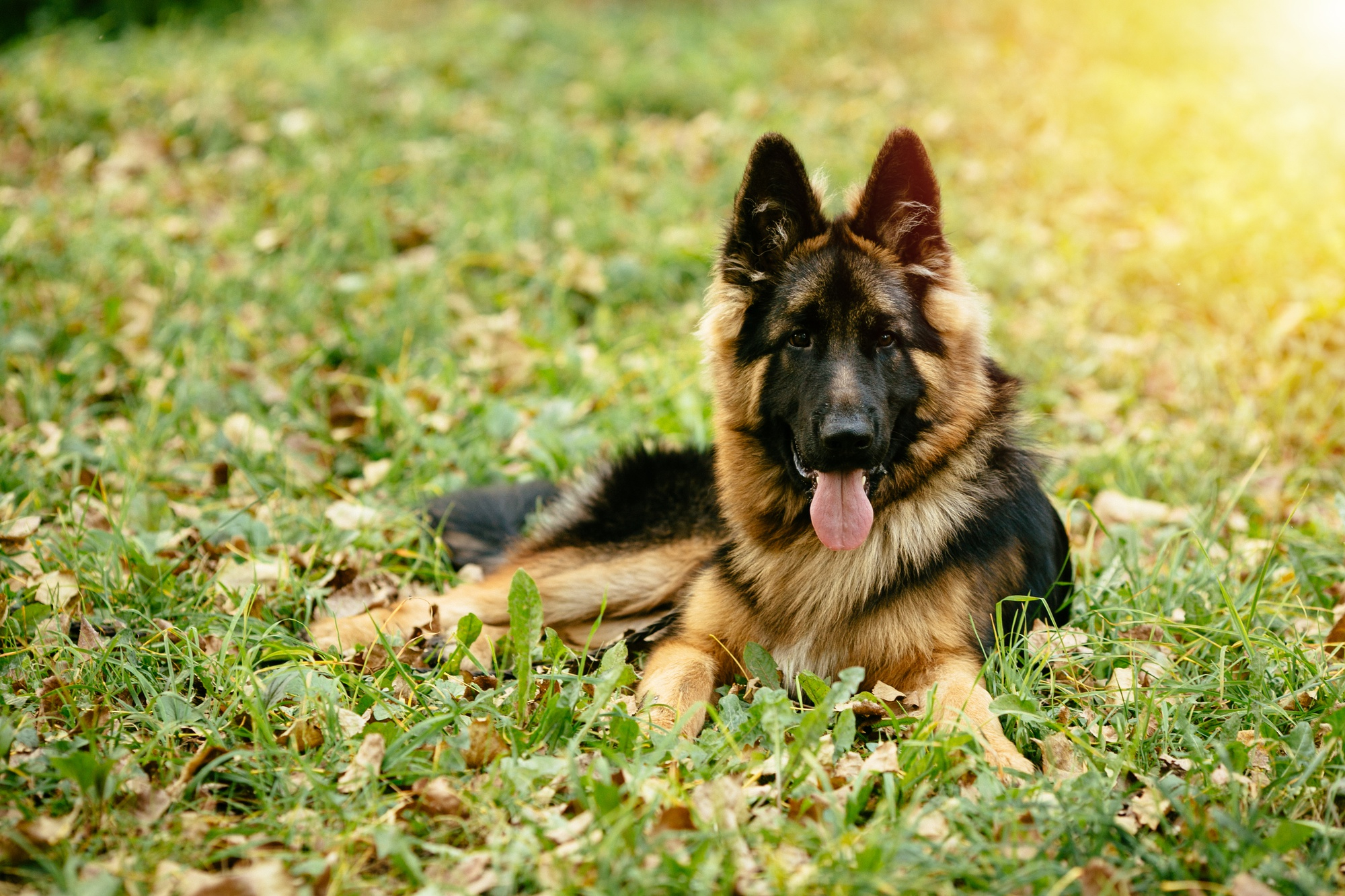
The physical characteristics of Belgian Malinois vs German Shepherd are different. The size and weight differ between the two breeds, as do their coats and colors. Additionally, they have different life expectancies.
Belgian Malinois typically weigh around 40-80 pounds and can be up to 24 inches tall at the shoulder. They have a short to medium-length coat with an undercoat that is thicker during winter months for better insulation against cold temperatures. Their colors include fawn, mahogany, and black overlayed with tan or gray shading, along with masking on the face and legs. The average lifespan of these dogs is 12-14 years.
German Shepherd usually ranges from 50-90 pounds in weight with a height of 22-26 inches at the shoulder. Their double coats consist of dense outer fur overlying a soft inner coat.
Common German Shepherd color combinations seen in this breed are sable, solid black, bi-color (black/tan), white, liver/red & blue merle; some may also carry markings such as saddle patches or white blaze on the chest or muzzle area. These dogs generally live 10-12 years on average.
Both Belgian Malinois and German Shepherd possess strong intelligence traits but vary in appearance due to differences in size and weight, coat type and coloration, as well as life expectancy expectations:
- Belgian Malinois typically weigh 40-80 lbs., stand 24” high at the shoulder & live 12-14 years
- German Shepherds usually weigh 50-90 lbs., stand 22-26' high & live 10 -12 years
- Coat types: Belgian Malinois has short to medium-length hair, while German Shepherd have thick double coats
- Colors: Fawns, Mahogany, Blacks w/Tan or Gray Shading for Belgians plus Sables, Solids & BiColors for Germans
- Markings: Masking on Face & Legs for Belgians plus Saddles Patches & White Blazes for Germans
Temperament and Personality
Belgian Malinois and German Shepherds are often compared due to their impressive working abilities, intelligence, and loyalty. However, each breed has its distinct temperament and personality traits, making them suitable for different individuals and families. Understanding the unique characteristics of each breed can help prospective dog owners choose the right companion for their lifestyle.
1. Belgian Malinois:
- Alertness and intelligence: The Belgian Malinois is highly intelligent and known for its remarkable alertness. This breed is always eager to learn and thrives on mental stimulation, making them excellent candidates for various types of training and work.
- Energy levels and exercise needs: As a high-energy breed, the Malinois requires an active lifestyle, including daily exercise and mental stimulation, to prevent boredom and problematic behaviors. They excel in activities such as agility, tracking, and obedience training.
- Bonding with family members: The Malinois is known for its strong bonds with family members. However, they can be reserved with strangers and may display protective instincts. Early socialization is crucial to ensure a well-adjusted and confident temperament.
2. German Shepherd:
- Loyalty and protectiveness: German Shepherds are incredibly loyal and protective of their family. They are often used in police and military work due to their unwavering devotion and courage. This breed is also known to be excellent guardians of the home, making them ideal for families seeking a protective companion.
- Trainability and intelligence: German Shepherds are highly intelligent and trainable, responding well to consistent and positive reinforcement. They excel in various activities, such as obedience, tracking, and search and rescue work. Early training and socialization are essential to prevent potential behavioral issues.
- Socialization and interaction with other pets: German Shepherds can coexist harmoniously with other dogs and pets if properly socialized from a young age. However, their strong herding instincts may cause them to be assertive with smaller animals. Consistent training and supervision are necessary to ensure a peaceful environment for all pets in the household.
While both Belgian Malinois and German Shepherds share many similarities, they also have distinct temperaments and personalities. The Malinois is highly alert and energetic, requiring an active lifestyle and a strong bond with family members.
The German Shepherd is fiercely loyal and protective, excelling in various working roles and as a family guardian. Ultimately, choosing between these two breeds depends on the individual's lifestyle, preferences, and ability to meet each breed's specific needs.
Training and Exercise Requirements
The German Shepherd vs Belgian Malinois, both renowned herding breeds, are sought after for their high intelligence, working dog capabilities, and adaptability. Their similarities in appearance and function often lead to comparisons.
Particularly regarding their training and exercise requirements. Understanding each breed's specific needs is crucial for potential family dog owners to ensure the dogs' well-being and overall happiness.
1. Belgian Malinois:
- Importance of early socialization: Early socialization is essential for the Belgian Malinois to develop a well-rounded and stable temperament. Exposing them to various people, pets, and environments from a young age helps prevent potential aggression or timidity in adulthood.
- Obedience and agility training: Given their high intelligence and energy levels, the Belgian Malinois thrives in structured training environments. They excel in obedience and dog sports, which strengthens their bond with their owner and provides the mental and physical stimulation they require.
- Recommended daily exercise: Belgian Malinois need consistent daily exercise to maintain their physical health and prevent boredom. It is recommended that they engage in at least one hour of vigorous activity daily, including walks, runs, or interactive play sessions with a flirt pole.
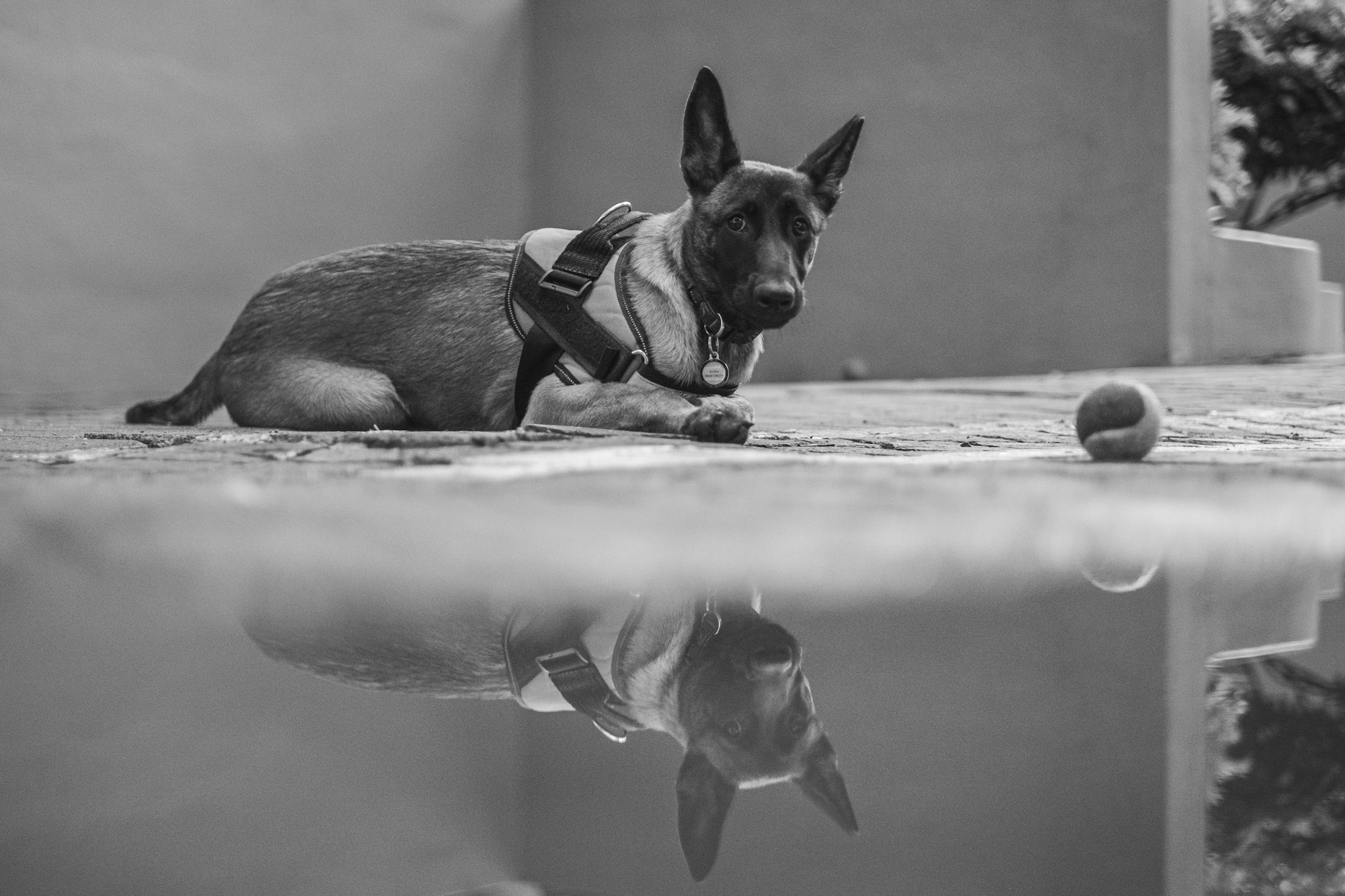
2. German Shepherd:
- Importance of early socialization: Like the Belgian Malinois, early socialization is vital for German Shepherds. Introducing them to various situations, people, and animals during their formative years helps build confidence and ensures a well-behaved adult dog.
- Obedience and advanced training: German Shepherds excel in obedience training and can master advanced skills due to their innate intelligence. Structured training sessions provide the necessary mental stimulation and reinforce their role as working dogs in police and military work or search and rescue operations.
- Recommended daily exercise: German Shepherds require regular exercise to keep them physically fit and mentally engaged. A minimum of one hour of daily exercise, including walks, runs, or interactive games, is recommended to maintain their health and happiness.
Both the Belgian Malinois and German Shepherd have similar training and exercise requirements due to their herding dog background and working capabilities. Early socialization, obedience training, and daily exercise are crucial components of a well-rounded routine for these breeds. By understanding and catering to these needs, owners of these remarkable dogs can ensure a fulfilling and healthy life for their loyal companions.
Health Issues and Lifespan
Belgian Malinois and German Shepherds are both revered herding dogs with a strong history of working alongside humans in various capacities. When considering either of these breeds, it is essential to understand the potential health issues and lifespans associated with each to provide proper care and ensure a long, healthy life for your canine companion.
1. Belgian Malinois:
- Common health concerns: While generally considered a fairly healthy breed, Belgian Malinois can be prone to certain health issues, including hip dysplasia, elbow dysplasia, and progressive retinal atrophy (PRA). Regular check-ups and preventative care are essential to maintain their health.
- Recommended health screenings: To minimize the risk of genetic health issues, working with a reputable breeder who conducts health screenings on breeding dogs is crucial. Tests for hip and elbow dysplasia, as well as eye examinations for PRA, are recommended.
- Average lifespan: Belgian Malinois typically have a lifespan of 12 to 14 years, although some may live longer with proper care and attention to their health.
2. German Shepherd:
- Common health concerns: German Shepherds are prone to specific health issues, including hip and elbow dysplasia, degenerative myelopathy, and bloat. In addition, they may experience separation anxiety if not provided with appropriate mental stimulation and companionship.
- Recommended health screenings: As with the Belgian Malinois, working with a reputable breeder minimizes potential health problems. German Shepherds should be tested for hip and elbow dysplasia and undergo regular eye examinations. DNA tests for degenerative myelopathy can also help identify carriers of the gene responsible for this condition.
- Average lifespan: The average lifespan of a German Shepherd is between 10 to 12 years. However, some German Shepherds may live longer with proper care, attention to health, and regular veterinary check-ups.
Suitability for Families and Living Situations
Belgian Malinois and German Shepherds are both known for their loyalty, intelligence, and working abilities, making them popular choices for many households. However, each breed has unique characteristics and needs that should be considered when determining their suitability for families and living situations.
1. Belgian Malinois:
- Ideal households: Belgian Malinois are best suited for active households with experienced dog owners who can provide consistent training and ample exercise. They thrive in homes where they can be involved in family activities and bond strongly with their human companions.
- Adaptability to different environments: Belgian Malinois can adapt to various living conditions, including apartments, as long as they receive sufficient physical and mental stimulation. However, they are more suited to homes with a yard where they can expend their energy freely.
- Special considerations for first-time dog owners: Due to their high energy and need for consistent training, Belgian Malinois may not be the best choice for first-time dog owners. Their intelligence and drive require an experienced owner who can provide structure and guidance.
2. German Shepherd:
- Ideal households: German Shepherds are well-suited for families who can provide them with love, attention, and consistent training. They are incredibly loyal and protective, making them excellent family guardians. However, they may not be the best choice for families with very young children due to their size and strength.
- Adaptability to different environments: German Shepherds can adapt to a variety of living situations, from apartments to rural homes. They require regular exercise and mental stimulation to stay happy and healthy regardless of the living space.
- Special considerations for first-time dog owners: While German Shepherds are highly intelligent and trainable, their size and strength may make them a challenging choice for first-time dog owners. It is crucial to provide early socialization, consistent training, and a supportive environment to ensure a well-behaved and well-adjusted companion.
Frequently Asked Questions
What Is The Difference In Temperament Between A Belgian Malinois And A German Shepherd?
Belgian Malinois and German Shepherds are both intelligent, loyal, and protective breeds of dogs. However, they differ in terms of temperament; Belgian Malinois tend to be more excitable and energetic than their German Shepherd counterparts, who are typically calmer and less prone to sudden outbursts.
The Belgian Malinois is also known for its eagerness to please, making them ideal pets for active families or those with large yards where the dog can run around freely. On the other hand, German Shepherds are naturally alert and wary towards strangers, making them an excellent choice for guard dogs.
Despite this difference in personality traits, both breeds make wonderful companion animals if given proper training and socialization from a young age.
How Much Exercise Does Each Breed Need?
Exercise is important to canine health and wellbeing, with varying breeds requiring varying levels.
German Shepherds are a moderately active breed that requires at least two hours of daily exercise. Belgian Malinois need significantly more than this; they benefit from up to four or five hours of daily activity.
Both breeds respond well to activities such as fetch and agility training. Still, the Belgian Malinois's energetic nature needs to be considered when selecting games for them.
Exercise should also be supplemented with mental stimulation for these breeds to remain contented and healthy.
What Type Of Training Is Best For A Belgian Malinois Or German Shepherd?
Training is an important part of owning a dog, regardless of the breed. The best training type for a Belgian Malinois and a German Shepherd depends on the individual needs of each dog's personality and energy level.
Obedience training should be introduced early in life to ensure that basic commands are understood and followed consistently.
Additionally, agility or protection training can help channel any excess energy into positive physical activities for these breeds.
Ultimately, it is up to the owner to assess their canine companion’s temperament and choose the type of training that works best for them.
What Is The Cost Of Owning A Belgian Malinois Or German Shepherd?
The cost of owning a Belgian Malinois or German Shepherd, two popular breeds of medium-large dogs, depends on several factors, including the purchase price, food costs, and veterinary bills.
When considering the purchase price, it is important to seek out reputable breeders, as prices can vary widely depending on location and source.
Additionally, these breeds require high-quality diets filled with protein from meat sources which can be costly but necessary for their health and well-being.
Veterinary care should also be considered when budgeting for one of these breeds, as regular checkups and preventative treatments are required throughout their lifetime.
Are Belgian Malinois And German Shepherds Good With Children?
Owning a pet can be an enriching experience for any family, particularly when children are involved. When considering which breed to bring home, it is important to consider the temperament of each type of dog and whether they would make good pets around young children.
In particular, Belgian Malinois and German Shepherds have been known to form strong bonds with their families and other household members, such as younger siblings or kids. Both breeds possess loyal temperaments that lend themselves well to forming friendships with people of all ages; however, proper training and socialization should always be conducted before introducing them into homes with small children.
Conclusion
Belgian Malinois and German Shepherds are both intelligent, loyal breeds. However, each breed has different characteristics that should be considered when deciding which is the best fit for an individual or family.
While they may appear similar in many ways, their temperaments, exercise needs, training requirements, and cost of ownership differ significantly. It is important to research before purchasing either dog to ensure that it meets the owner's expectations and lifestyle.
As the old adage goes, 'A dog is for life, not just for Christmas,' so owners must be prepared for a long-term commitment before deciding on either breed.
For more helpful articles about pet-parenting tips, check out the Off Leash blog at TryFi.com.
Want to know more about TryFi.com? The Fi Dog Collar is a GPS tracking collar that not only keeps track of your dog’s location, activity levels, and sleep patterns, but it also alerts you if your dog escapes your backyard. This is the fastest way to find your dog after an escape. Try the Fi Dog Collar today!
